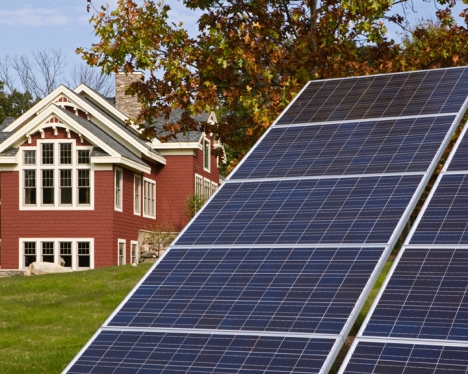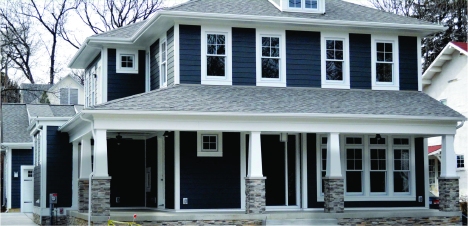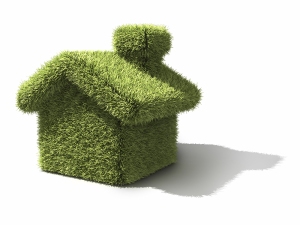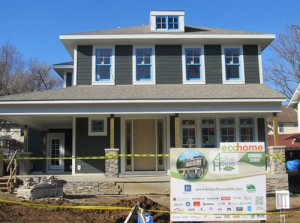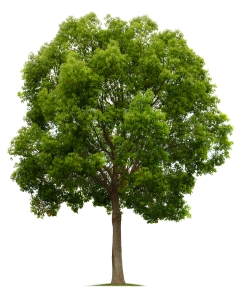 A lot of articles on this blog has been written about the importance of Sustainability in general, but in this article we dig deeper and answer the question: “Why is sustainability important to PFB Corporation?”.
A lot of articles on this blog has been written about the importance of Sustainability in general, but in this article we dig deeper and answer the question: “Why is sustainability important to PFB Corporation?”.
Sustainability: our top priority
At PFB Corporation, commitment is given on its operations that would affect environmental and social concerns. Protecting the environment has always been a top priority, as seen in our processes, products and practices.
The concern for the environment also goes beyond the local scope of the business; it comes from a global scale mindset. The company wants to address the long term preservation of the planet and the effects that modern lifestyles may be having on climate change. Company operations is done responsibly, mindful of the economic, environmental and social impacts of its operations. Aside from this, the company continues to strive for improved performance with regards to input (e.g. materials and energy) and output conversions (e.g. products and emissions).
Sustainability: Less energy use, more savings
Nowadays we learn that more and more green homes are being built; this has to do with the considerable energy reduction, and eventually leading to more cost savings. As the market demand for better sustainable products increase, all the more it affirms the company’s belief that green is the way to go. PFB continues to support sustainability methods, as it produces several product solutions that help the goal of accomplishing energy efficiency.
Sustainability: Environmental Awareness
Sustainability is essentially defined as the “ability to sustain our way of living in our environment”. This fundamental truth explains that our basic survival is either directly or indirectly dependent on our environment. The company’s mission and vision is behind this principle of safety to the community. Efforts on maintaining sustainability has always part of the company’s important business directives.
PFB Corporation has also been a part of several sustainability projects events. The company continues to take part in the community’s green drive for environmental awareness.
Sustainability: Brand alignment
“Better Building Ideas”. With its corporate slogan follows it’s brand alignment towards greener solutions and offering products that are both energy efficient and cost effective. As one of the leaders in the industry, PFB’s corporate culture is rooted in sustainable development. This not only is reflected on our applications but also to the awards and recognition gained throughout the years.
A leader in sustainability
As discussed, PFB Corporation is committed to conduct operations that affect environmental and social trends and recognize the importance of being transparent with their sustainability efforts. Environmental conservation has always been their top priority as shown in our practices, products and processes, including energy efficient buildings.
To learn about PFB Corporation and their sustainability directives, visit http://www.pfbsustainability.com.
Filed under: Cost, Energy Efficiency, Expanded Polystyrene EPS, Structural Insulated Panels SIP, Sustainability or Green | Leave a comment »



